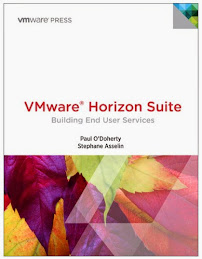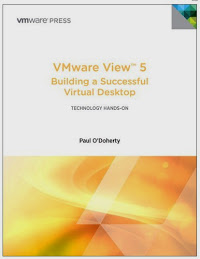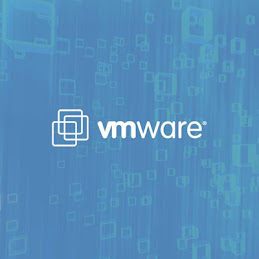Ross DiStefano the Eastern Canada Sales Manager at Zerto introduces Rob Strechay @RealStrech the Vice President of Products at Zerto. Rob mentions that Zerto was the first to bring hypervisor replication to market. Zerto has about 700 employees and is based out of Boston and Israel. With approximately 5000 customers, Zerto provides round the clock support for replication for tens of thousands of VMs. Almost all of the service providers in Gartner’s magic quadrant are leveraging Zerto software for their DR-as-a-Service offerings.
Zerto’s focus is on reducing your Disaster Recovery “DR” and Migration complexity and costs. Zerto would like to be agnostic to where the replication target and destinations are located. Today at ZertoCon Toronto, the intention is to focus on Zerto’s multi-cloud strategy.
Most customers are looking at multiple options from hyper-scale cloud, managed service providers and enterprise cloud strategies. Zerto’s strategy is to be a unifying partner for this diverse set of partners and services. This usually starts with a transformation projects such as adopting a new virtualization strategy, implementing new software or embracing hybrid, private or public cloud strategies.
451’s research shows that C-Level conversations about cloud are focused around net new initiatives, moving workloads to cloud, adding capacity to the business or the introduction of new services. The Rob transitions to what’s new with Zerto Virtual Replication. What Zerto has found is that people are looking to stop owning IT infrastructure that is not core to their business and focus on the business data and applications that do. To do this they need managed services and hyper-scale cloud partners.
Mission critical workloads are running in Public Cloud today. With Zerto 5.0 the company introduced the Mobile App, One-to-Many replication, replication to Azure and the 30-Day Journal. Zerto 5.5 was announced in August with replication from Azure, advancements in AWS recovery performance and Zerto Analytics & Mobile enhancements.
With 5.5 Zerto goes to Azure and back. A big part of this feature involved working with Microsoft’s API’s to convert VMs back from Azure. This meshes well with Microsoft’s strategy of enabling customers to scale up and down. Coming soon is region-to-region replication within Azure.
With the AWS enhancements, Zerto worked with Amazon to review why there existing default import limitations where so slow. In doing so they learned how to improve and enhance the replication so that it runs six “6” times faster. AWS import is still there, but now zerto-import or ‘zimport’ is used to support larger volumes while the native AWS import does the OS volume. You can also add a software component to the VM to further enhance the import to receive that 6 fold improvement.
Zerto analytics and Zerto Mobile provides cross-device, cross-platform information delivered as a SaaS offering. Right-now the focus is on monitoring so you can understand how prepared you are for any contingency within or between datacenters. These analytics are near real-time. As Zerto analytics has been built on cloud technologies, it will follow a continues release cycle. One new feature is RPO history that shows how you have effectively you have been meeting your SLA’s.
The next release is targeted for the mid-February timeframe which will deliver the same replication out of Amazon as well as the Azure inter-region replication. They are moving towards six “6” month product releases on a regular bases with a targeted set of features.
H2 2018 and beyond they are looking at KVM support, Container migrations, VMware on AWS and Google Cloud support. Zerto is looking to be the any-to-any migration company as an overall strategy.
Dmitri Li, Zerto’s System Engineer in Canada takes the stage and mentions that we now live in a world that operates 24/7. It is important to Define DR not as a function of IT but as a way to understand what is critical to the business. For this it is important to focus on a Business Impact Analysis so you can properly tier applications by RTO/RPO.
You also need to ensure your DR strategy is cost effective and does not violate your governance and compliance requirements. When you lay out this plan it needs to be something you can execute and test in a simple way to validate it works.
Another important change besides round the clock operations is that we are protecting against a different set of threats today than we were in the past. Cybercrime is on the rise. With Ransomware, 70% of businesses pay to try and get their data back. The problem with paying is that once you do, you put yourself on the VIP list for repeat attacks.
Zerto was recognized as the Ransomeware security product of the year even though they are not a security product. Zerto addresses this using Journaling for Point-in-Time recovery. You can recover a file, folder, a VM or your entire site to the moments before the attack.
It is important to also look at Cloud as a potential target for your DR strategy. Building another datacenter can be cost prohibitive so hyper-scale or managed service partners like Long View Systems can be better choices.





No comments:
Post a Comment